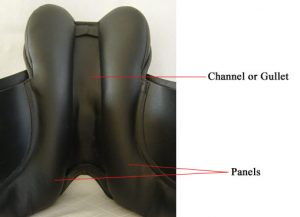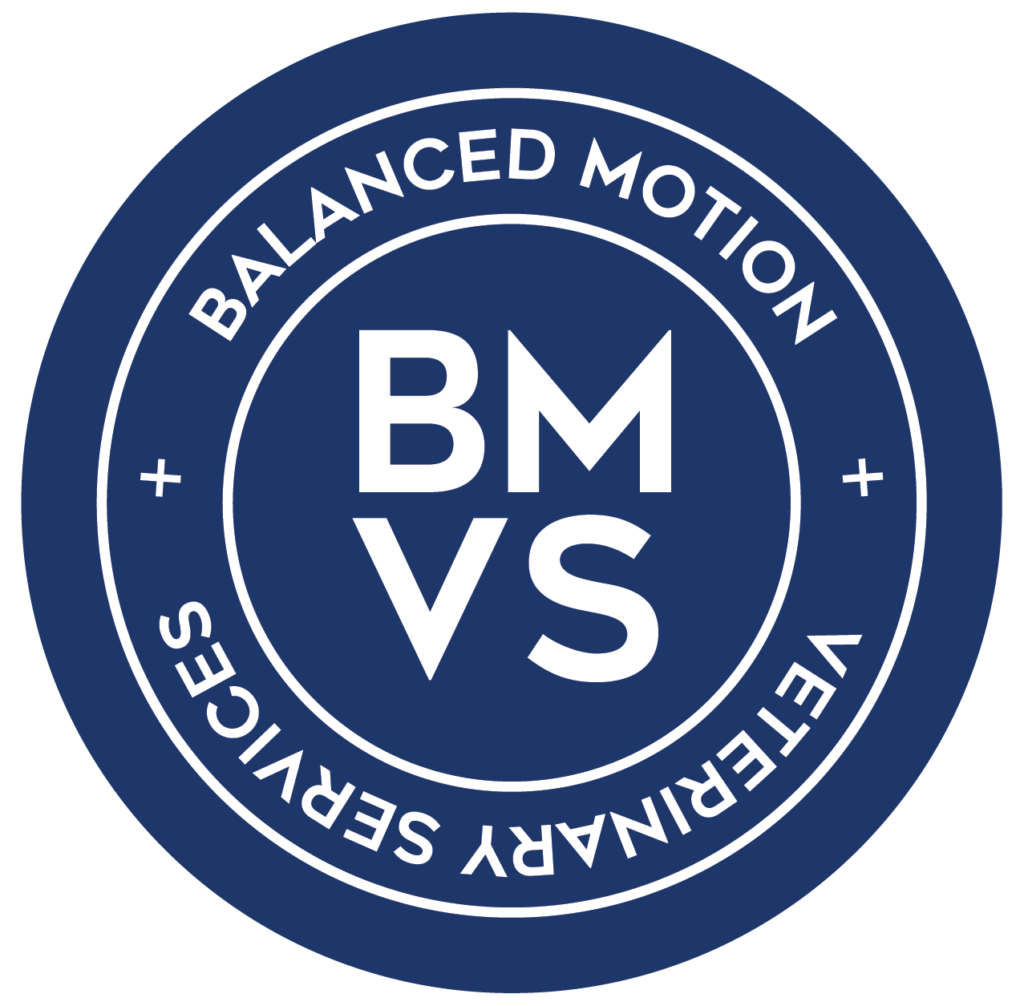In my business saddle fit is about 75% of back problems in a horse and can really effect their health overall. To improve movement and the health of your horse, it is very important that you have proper fitting tack especially the saddle. Gullet width is one part of saddle fit that is overlooked by many but should not be dismissed as irrelevant.
This discussion is going to be based mostly on English saddles however the points of saddle fit are the same for Western saddles. Also, obviously there is much more to saddle fitting than just looking at a saddle with a horse standing still. This type of guideline is only the beginning and does not take into account the condition of the saddle, ie broken or warped tree, in need of reflocking, worn leather etc. It also does not take into account assymetries in the horse while moving.
Here are the six points of saddle fit
- Balance
- Symmetry
- Panel Contact
- Gullet Width
- Tree Angle
- Tree Width
Today we are going to be talking about Gullet Width.
 picture from Dover Saddlery
picture from Dover Saddlery
The gullet width or channel width is the amount of space between the panels right down the middle of the saddle. It is very important to have a wide channel width. Many companies used to have channels that were wide at the pommel and then became significantly more narrow towards the cantel. This was to save money on leather costs in the construction of many hundreds of saddles. However it is not in the best interest of your horse. If the channel is too narrow when you turn or flex your horse, the panel can come into contact with a very soft and sensitive ligament that attaches the back muscles to the spine. If you press on this ligament the horse will sink away from the pressure and if repeatedly pressed upon it becomes quite tender and sore and will cause back spasms.
So when measuring the gullet or channel width the first thing you should do is measure your horses spinal width. Measure from ligament to ligament. The average horse should be between 1.5″ to 2.5″ in width so that means your gullet width on your saddle should be at the very least 2″ in width but preferably greater than 3″. The easy test is to use your fingers. Place your fingers together, the width of your four fingers should be between 2.5″ to 3″ obviously depending on how big of a person you are. Now use your fingers to run your hand through the channel of your saddle it should fit easily. If it doesn’t than it is too narrow of a channel and could be causing your horse some discomfort, if not down right pain and destruction to the ligament and back muscles of your horse.
Keep your horse comfortable and happy, improve their movement and improve their health by having a properly fitting saddle.
Another excellent article on Gullet Width –
Evaluating Saddle Fit: Gullet Width by Liz Goldsmith






